Creativity with feeling: how this gallery promotes and curates the art work of indigenous communities
In this photo essay, we showcase the creative works of the indigenous Inuit communities of North Canada.
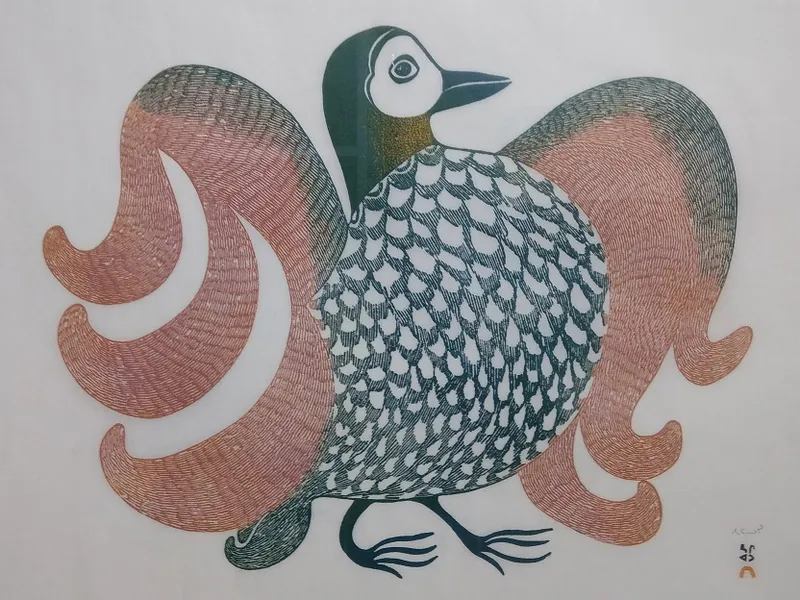
PhotoSparks is a weekly feature from YourStory, with photographs that celebrate the spirit of creativity and innovation. In the earlier 220 posts, we featured an art festival, cartoon gallery. world music festival, telecom expo, millets fair, climate change expo, wildlife conference, startup festival, Diwali rangoli, and jazz festival.
Mark London is the director of Montreal’s Elca London Gallery, specialising in indigenous art of the Inuit “First Nation” community. “The gallery was founded by my late parents Elca and Jonas London in 1960,” recalls Mark, in a chat with YourStory.
The gallery had humble beginnings in the basement of their home, before moving to its current location on Sherbrooke Street. “The 1990s saw us fine-tune the focus of the gallery to exhibit exclusively works in all media by Inuit artists from the Canadian North,” explains Mark.
“For me, art is more visceral than cerebral. While I certainly know that artists put a great deal of thought into their work, to me, it is all about how a work makes me feel,” says Mark, describing how he connects to art.
The gallery is home to dozens of works of art and crafts. “For me, success is when I have chosen works that collectors want to spend time with. I try to maintain a large inventory of quality artworks that, hopefully, will sell themselves,” Mark adds.
The art works are priced from $100 up to $50,000. “The bulk of the inventory is rather comfortably priced between $2,000 to $3,000,” says Mark. Exhibitions are also featured online, along with frequent newsletters informing clients about recent arrivals.
“While Inuit art is well represented in Canadian museums, there seem to be fewer and fewer galleries devoted to the art form. As one of the oldest galleries devoted exclusively to Inuit art, our contribution is simply our tenacity in ensuring that the art is available to the public,” Mark explains.
He urges audiences to develop a practice of appreciating art. “While I consider it important to read as much as possible, there is nothing better than to visit as many museums and art galleries as possible - and to return often. Practice makes perfect; the only way to develop your eye is to keep looking,” Mark signs off.
Now what have you done today to observe and appreciate the value of indigenous art?
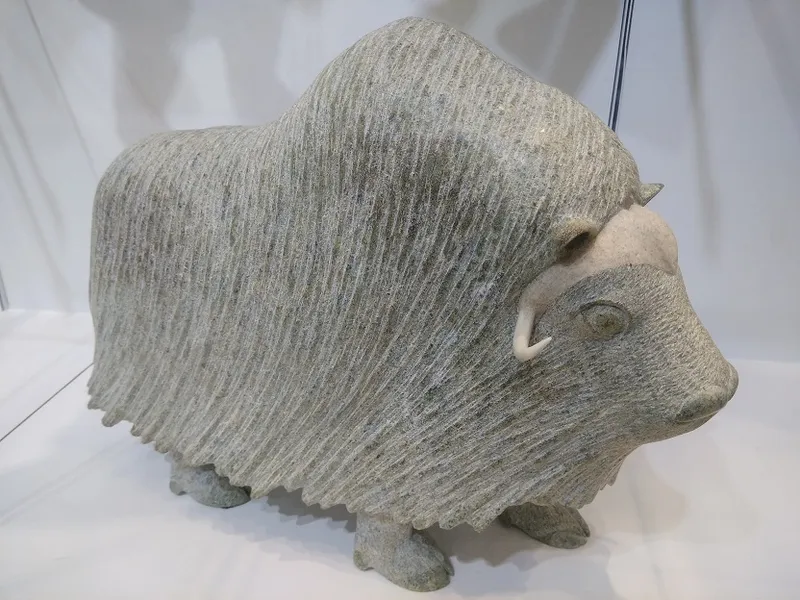
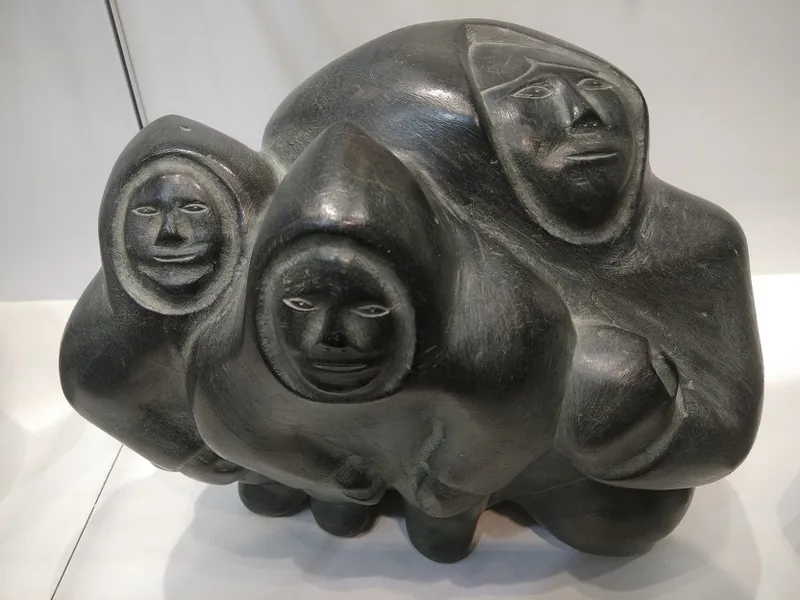

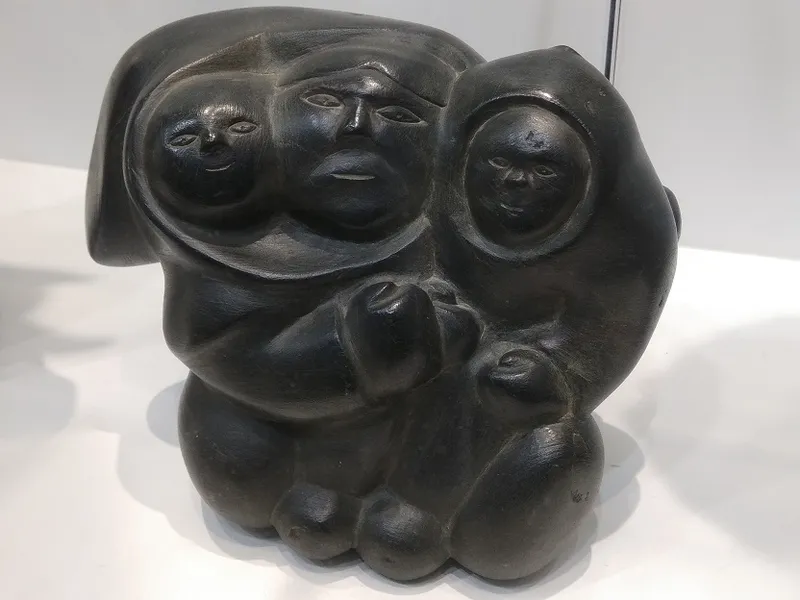
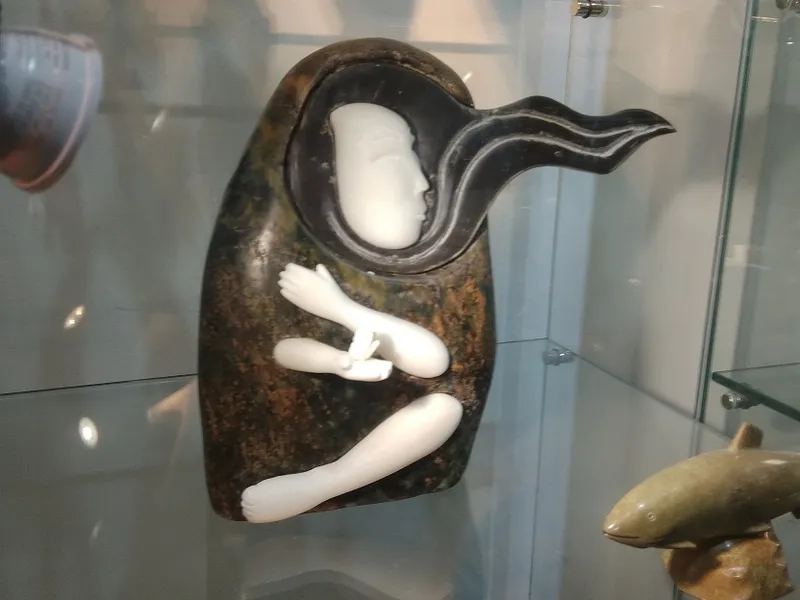
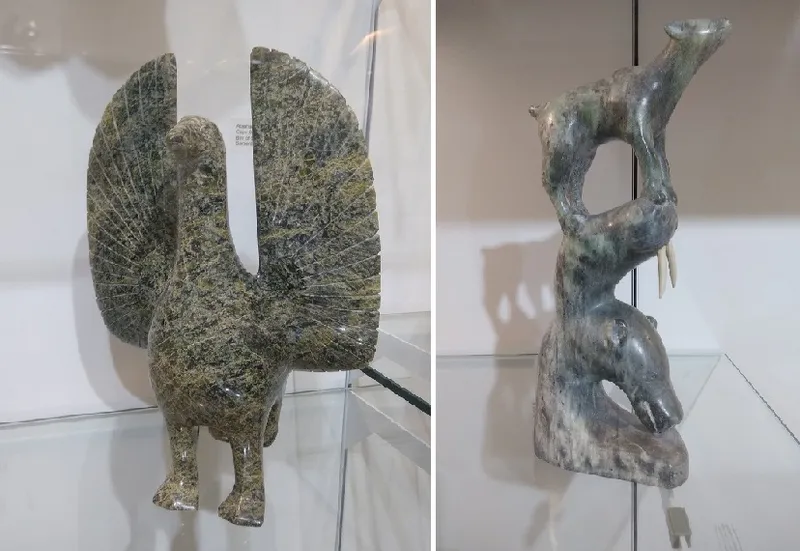
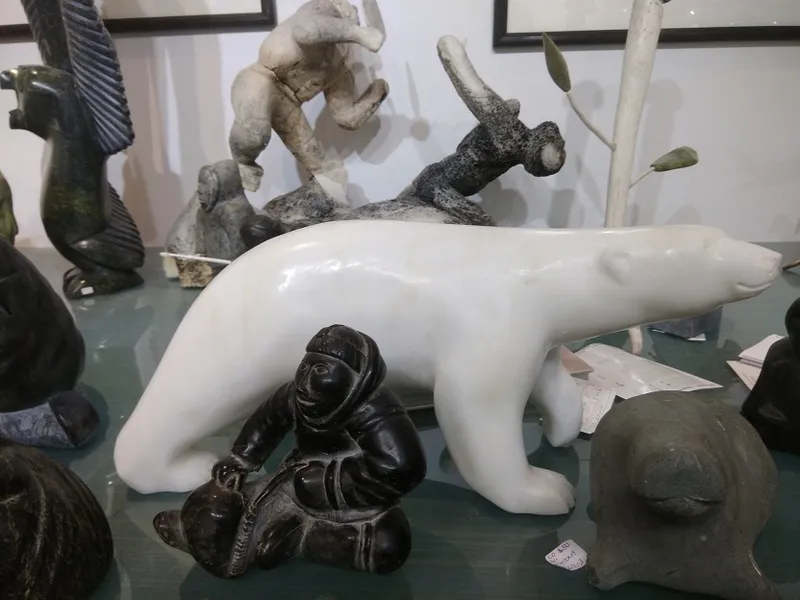
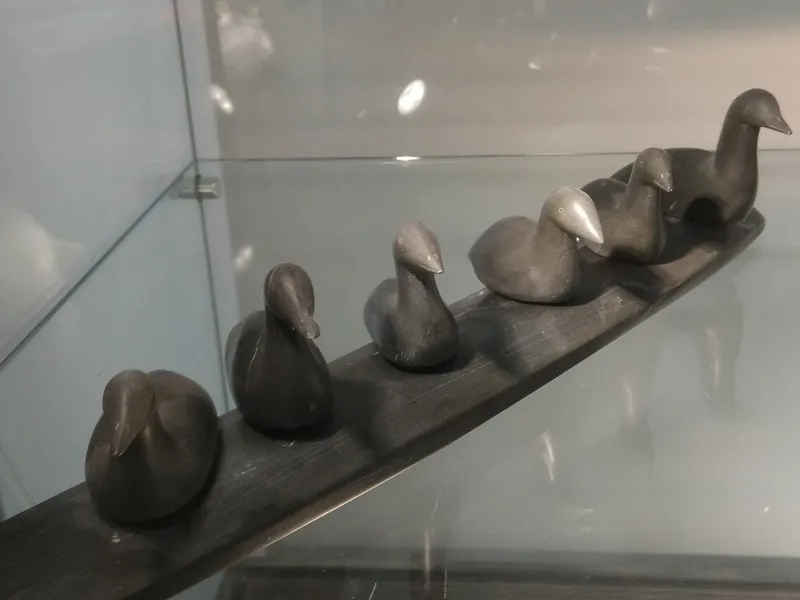
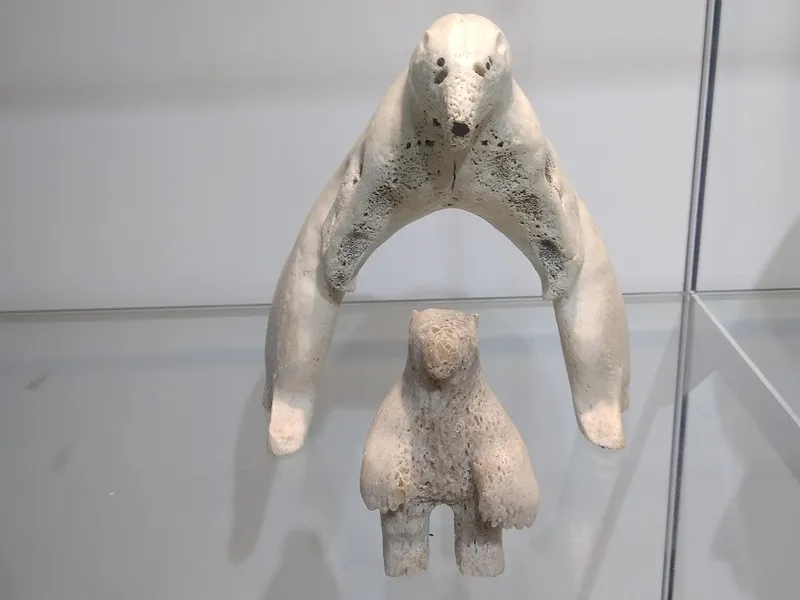

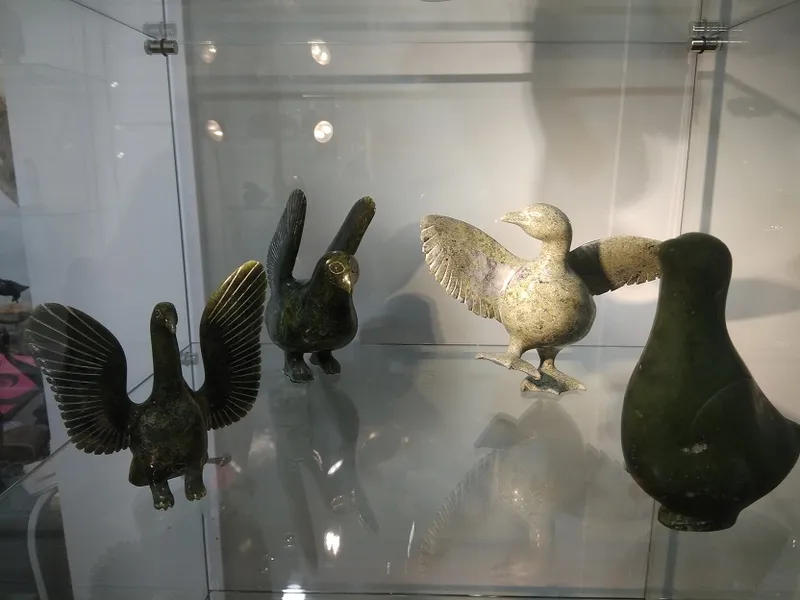
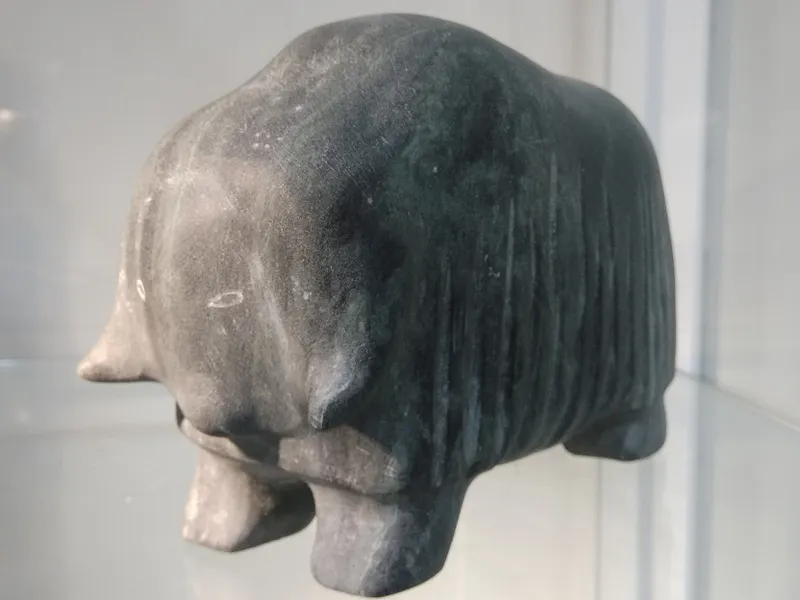
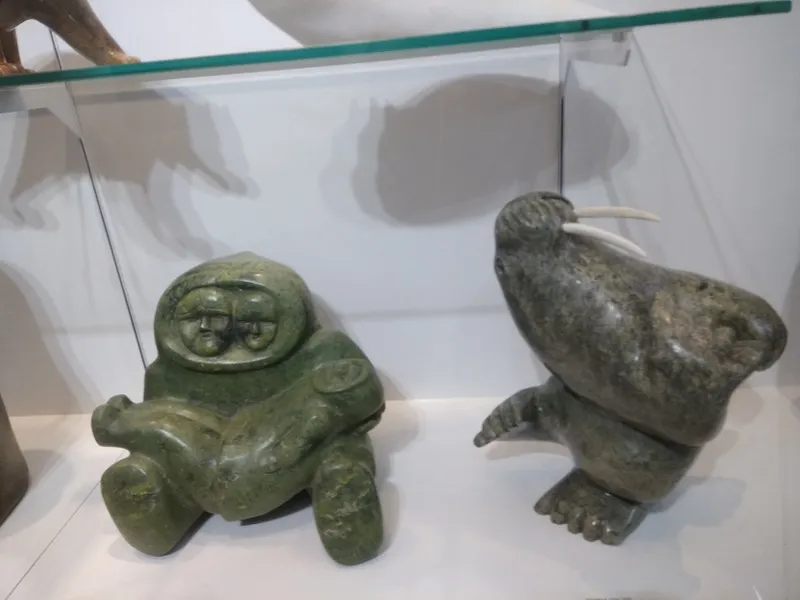
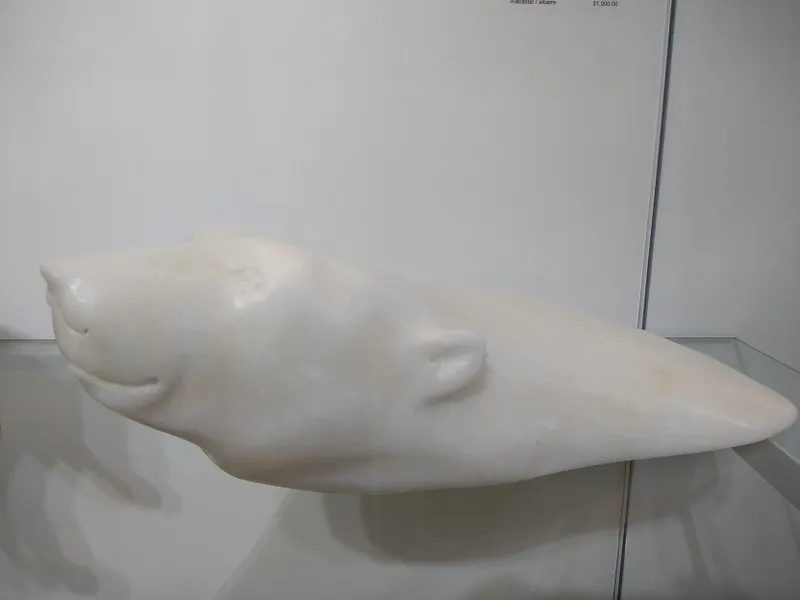
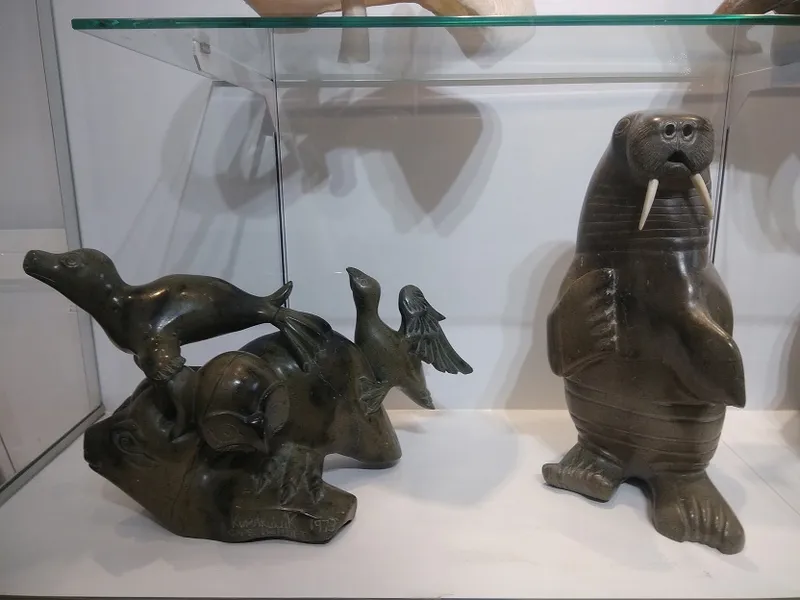
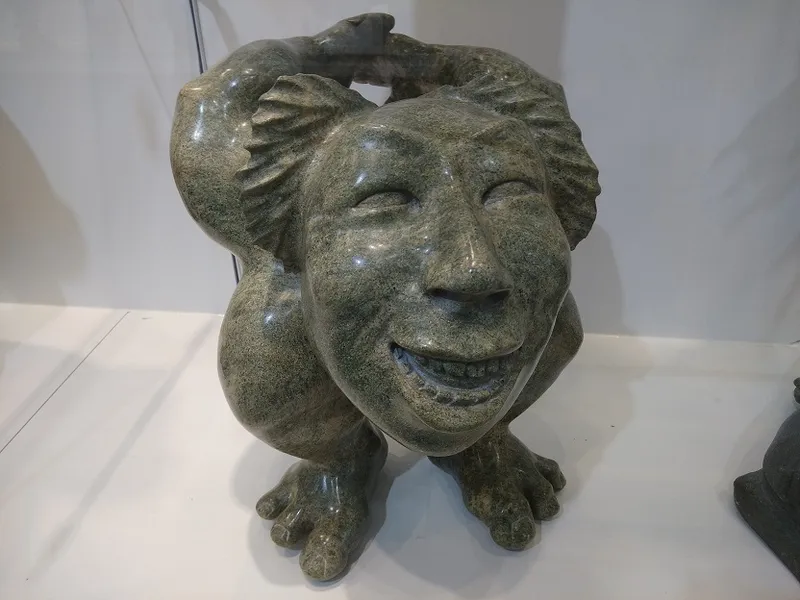
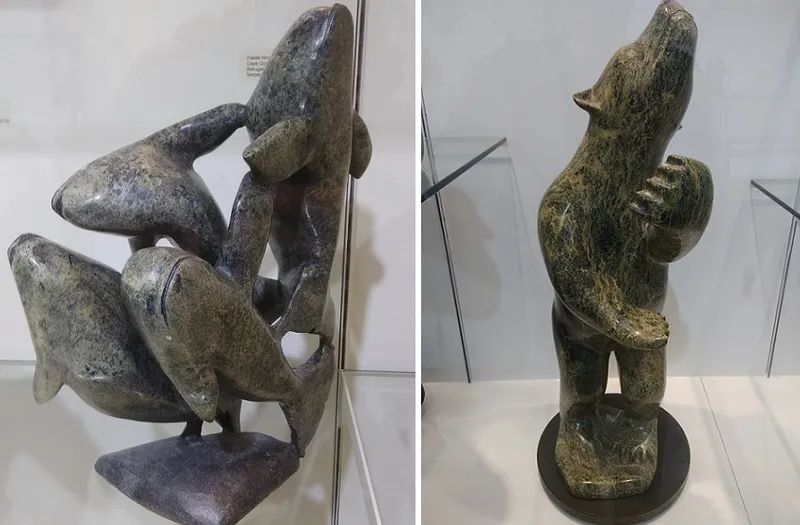
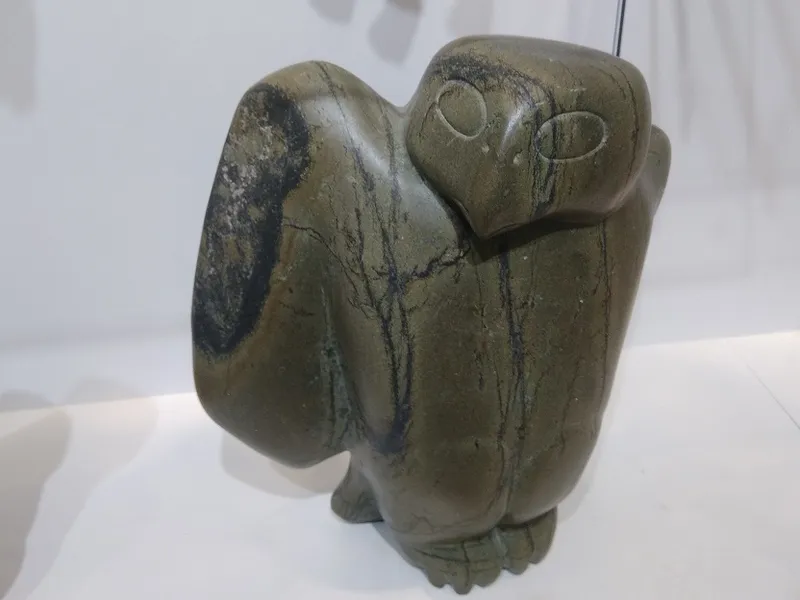
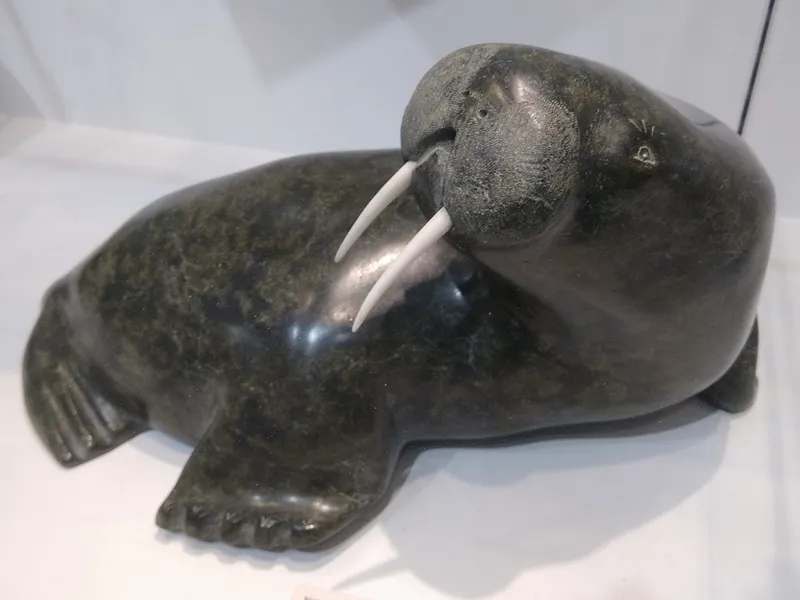
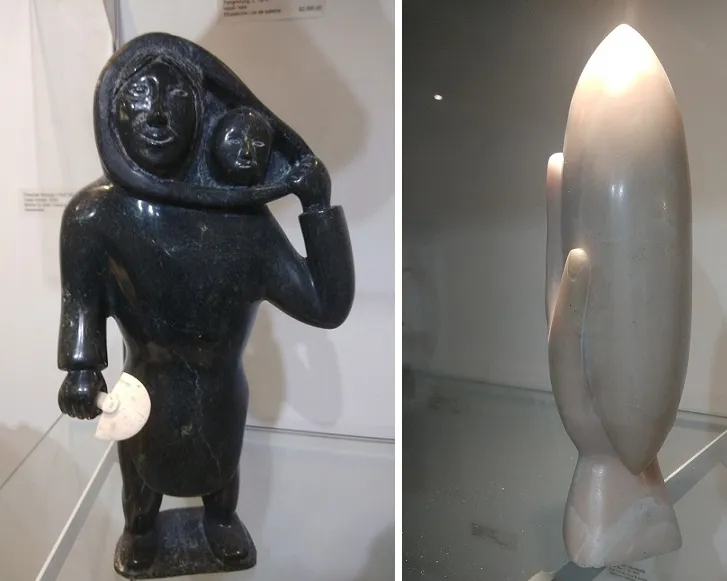
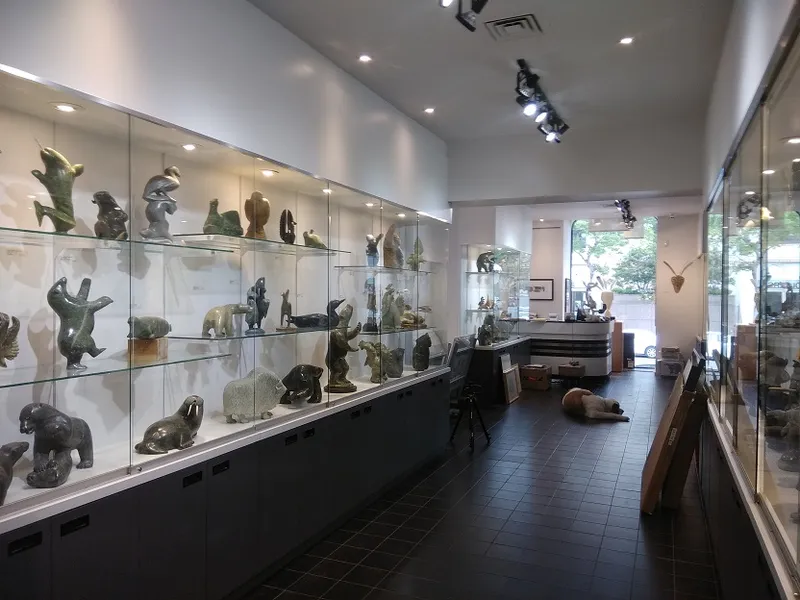
Got a creative photograph to share? Email us at PhotoSparks@YourStory.com!
See also the YourStory pocketbook ‘Proverbs and Quotes for Entrepreneurs: A World of Inspiration for Startups,’ accessible as apps for Apple and Android devices.







